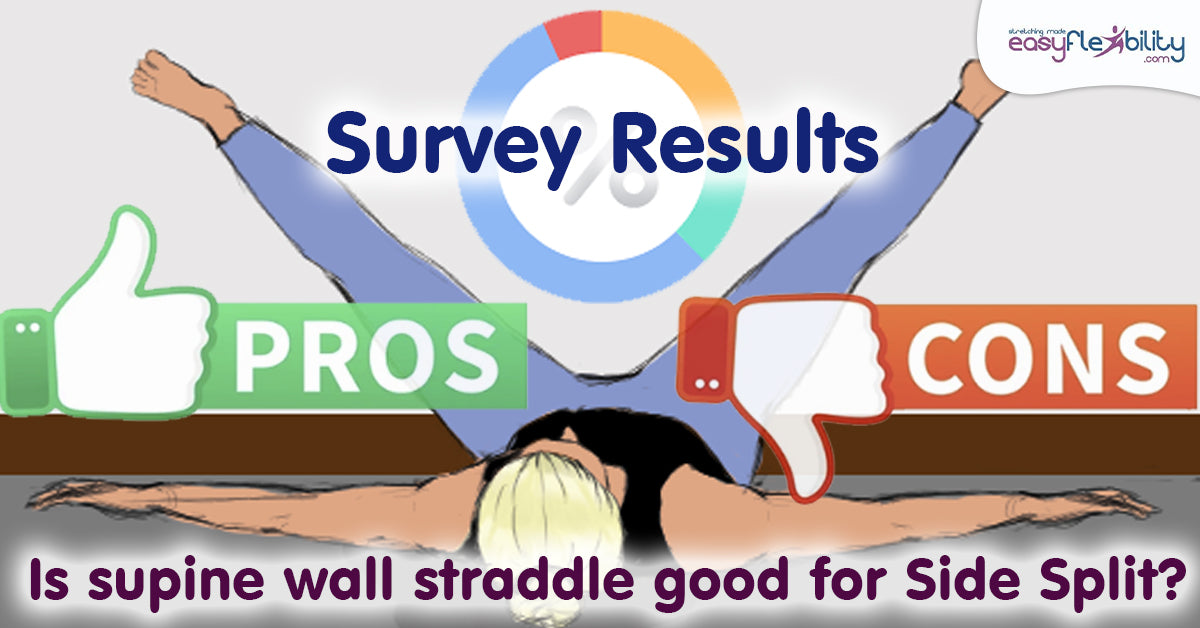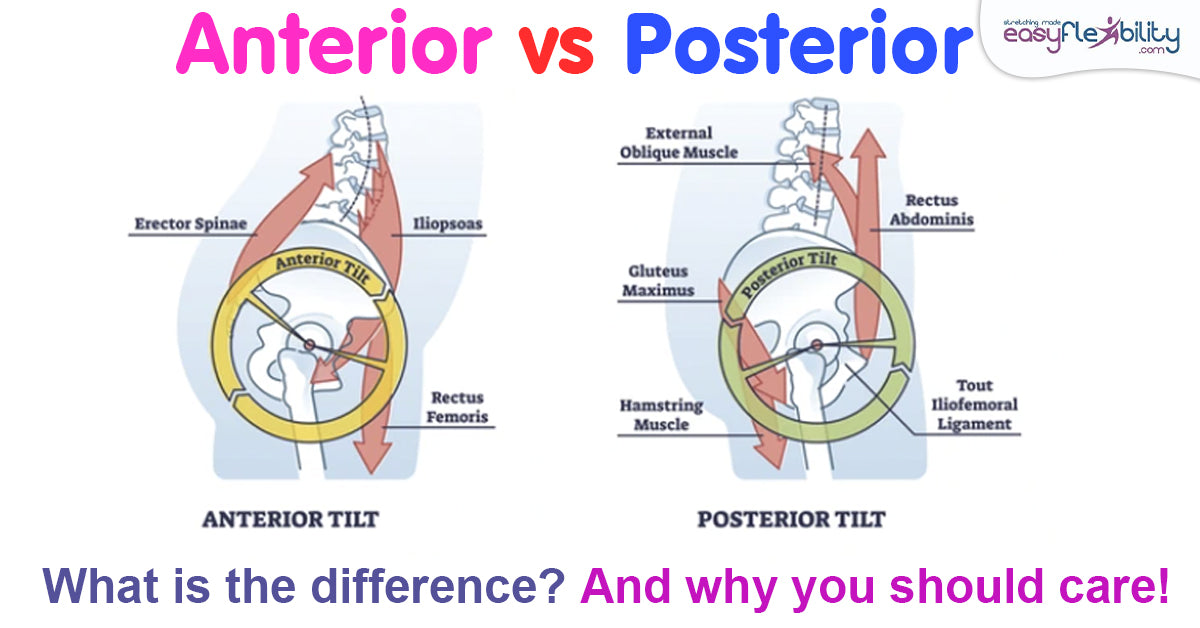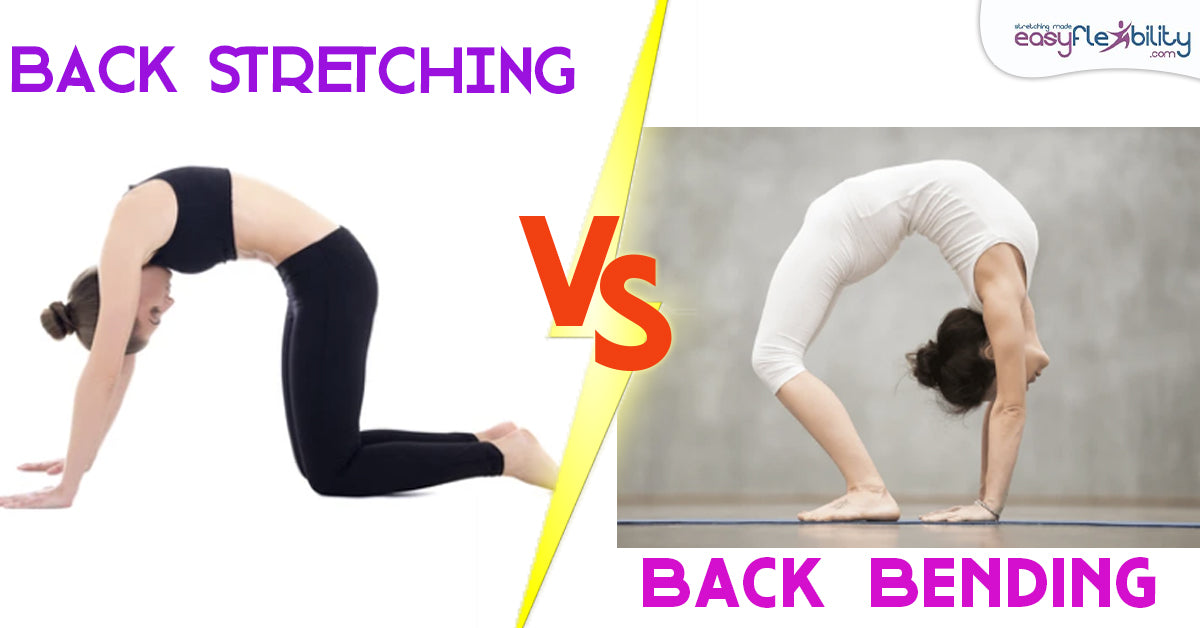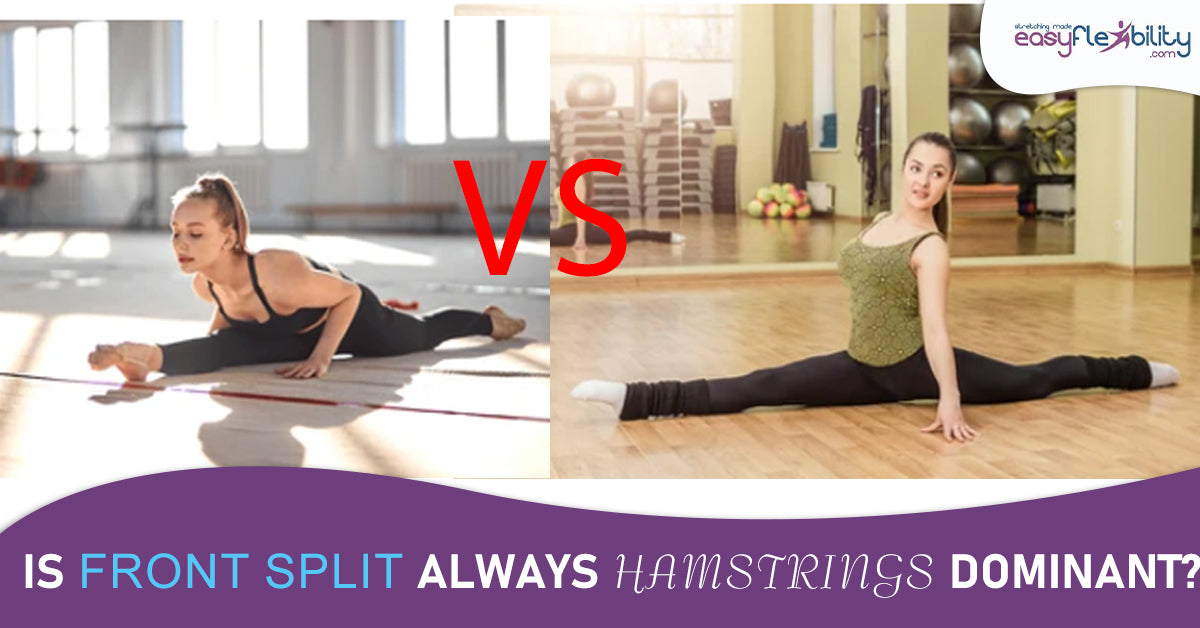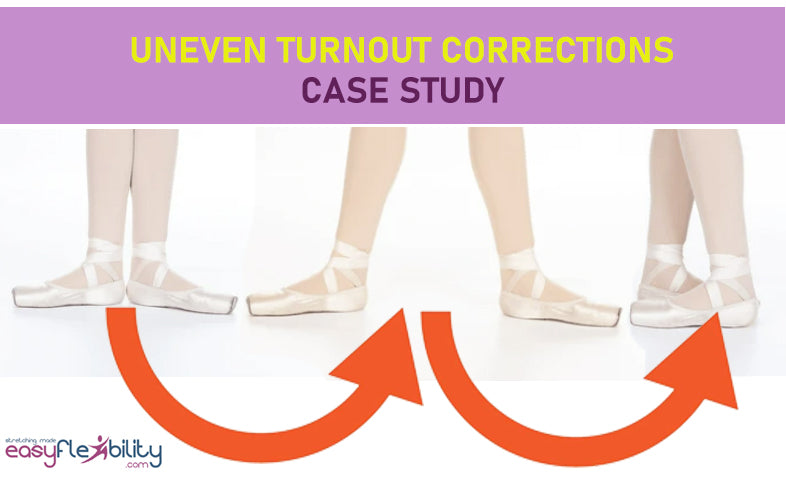Neck Pain? Neck Stiffness? Headaches? This may be the reason why…
Posted by Paul Zaichik on

I have noticed a pattern between tight shoulders, tight shoulder girdle muscles with neck pain or neck stiffness and headaches.
The goal of this article is to get you to pay attention to your body and check this
correlation for yourself to see if indeed you notice this link in your body.
correlation for yourself to see if indeed you notice this link in your body.
There are people who have tight shoulders and never experience any neck pain or headaches. There are people who have neck pain and headaches which are the result of other issues than the tight shoulders. And then there are those whose headaches, neck tension and pain come as a direct result of having tight shoulders and tight shoulder girdle. So, not everyone who has tight shoulders will get neck pain and headaches.
Throughout my many years in the flexibility field I have come across many people who, as a result of developing flexibility, strength and mobility in their shoulder joints and shoulder girdle were able to relief their neck pain and their headaches.
Before writing this article, I spoke with several practitioners in the field of rehabilitation and sports medicine about this and they told me that they too have noticed the same correlation between tight shoulders and neck issues.
To get proper shoulder flexion there must be movement in your scapula.
Kinesiologically, in order to get proper shoulder flexion or an ability to bring your arm straight up over your head, there must be movement in your scapula. If your
scapula does not move or does not move properly the movement in the shoulder
joint is not enough to get proper overhead flexibility.
scapula does not move or does not move properly the movement in the shoulder
joint is not enough to get proper overhead flexibility.
Most of the time when people stretch their shoulders, they stretch them as a unit. In other words, all the synergetic shoulder joint muscles would be stretched together at the same time with all the synergetic shoulder girdle muscles. I have been touching my shoulders this way myself for a long time until the discovery of the ZST’s.
This Overhead Shoulder Flexibility program is unlike anything you have ever seen or tried before. Here's why...
Shoulder extension, which is, bringing your arm straight down from overhead position, is one of the most powerful upper body moves that can be made with your arm. This is great! But also very problematic. The reason its problematic, when it comes to stretching, is that many large muscles participate in this simple move. This means that if you want to bring your arm up and over your head, you have to have flexibility in all of those muscles.
Stretching the wrong way can lead to injuries
While this type of stretching has definitely worked for a lot of people. I have found
that If the scapula is tight and the shoulder continues to be pulled eventually there's going to be an injury. Injuries can happen in the bicep tendon, supraspinatus tendon as well as a in bursa. from the point of view of scapula movement instruction, for the scapula to rotate upward, and to protract, the muscles that can prevent that from happening, and those two movements upward rotation and protraction are needed for overhead flexibility of the shoulder so the
muscles would be pectoralis minor, rhomboids, levator in some cases.
that If the scapula is tight and the shoulder continues to be pulled eventually there's going to be an injury. Injuries can happen in the bicep tendon, supraspinatus tendon as well as a in bursa. from the point of view of scapula movement instruction, for the scapula to rotate upward, and to protract, the muscles that can prevent that from happening, and those two movements upward rotation and protraction are needed for overhead flexibility of the shoulder so the
muscles would be pectoralis minor, rhomboids, levator in some cases.
These muscles are often tight and to make the situation more difficult the muscles
that are supposed to rotate the scapula up and protract it don't always work properly for different reasons. I'm only going to talk about a lack of innervation
and awareness and if you are familiar with my previous articles you would know
that serratus anterior usually is the one that is causing more issues than the
other muscle which is the trapezius.
that are supposed to rotate the scapula up and protract it don't always work properly for different reasons. I'm only going to talk about a lack of innervation
and awareness and if you are familiar with my previous articles you would know
that serratus anterior usually is the one that is causing more issues than the
other muscle which is the trapezius.
So when you have the muscles that prevent the scapula movement are tight, and the one that supposed to move the scapula to allow the overhead shoulder flexibility are weak issues develop.
This is a very common mechanism that leads to a still trapezius
A very common mechanism that leads to a stiff trapezius, is weakness in the serratus anterior and tightness in the rhomboids, levator, or pectoralis minor. This
forces the trapezius to work hard. Work overtime and indeed causes the neck to
get into improper position. This causes restriction of blood flow, tension to the
other muscles, and thus, the neck pain, and possibly headaches as a result.
forces the trapezius to work hard. Work overtime and indeed causes the neck to
get into improper position. This causes restriction of blood flow, tension to the
other muscles, and thus, the neck pain, and possibly headaches as a result.
Now in theory this should apply only to people who do deep overhead type movements. For example, shoulder presses hand stands or working with the hands overhead such as changing light bulbs or painting the ceiling with arms overhead position. However, it turns out that that is not always the case. There are people with so much tightness and so much weakness that even taking their plates in the kitchen and putting them up onto a shelf Which is at the head level or above the head level is enough to trigger a tension and pain in the neck and in the head.
I recommend to research this for yourself if you have neck pain and headache there are many causes, such as problems with a circulation, inflammation of the
central nervous system, inflammation in the meninges, various types of infections, hormonal imbalances, environmental sensitivities, injuries to the head, and so on.
central nervous system, inflammation in the meninges, various types of infections, hormonal imbalances, environmental sensitivities, injuries to the head, and so on.
Developing flexibility may or may not help you with your neck pain or headaches. In some cases, it may not help at all, and in other cases it may be a solution.
This Overhead Shoulder Flexibility program is unlike anything you have ever seen or tried before. Here's why...
Shoulder extension, which is, bringing your arm straight down from overhead position, is one of the most powerful upper body moves that can be made with your arm. This is great! But also very problematic. The reason its problematic, when it comes to stretching, is that many large muscles participate in this simple move. This means that if you want to bring your arm up and over your head, you have to have flexibility in all of those muscles.
© ElasticSteel Corp., EasyFlexibility, Paul Zaichik, et. El., 2022. No part of the materials available through ElasticSteel.com, EasyFlexiiblity.com, site may be copied, photocopied, reproduced, translated or reduced to any electronic medium or machine-readable form, in whole or in part, without prior written consent of Paul Zaichik EasyFlexibility.com, Elasticsteel.com.. Any other reproduction in any form without the permission of Paul Zaichik EasyFlexibility.com, Elasticsteel.com is prohibited. All materials contained on this site are protected by United States copyright law and may not be reproduced, distributed, transmitted, displayed, published or broadcast without the prior written permission of Paul Zaichik, EasyFlexibility.com, Elasticsteel.com.
Share this post
- 0 comment
- Tags: aerial arts, anterior pelvic tilt, Back, Back Bridge, back extension, Back flexibility, biellman spin, body weight training, easyflexibility, easyflexibility certification training, flexibility, Hamstring Flexibility, Shoulder flexibility
0 comment



